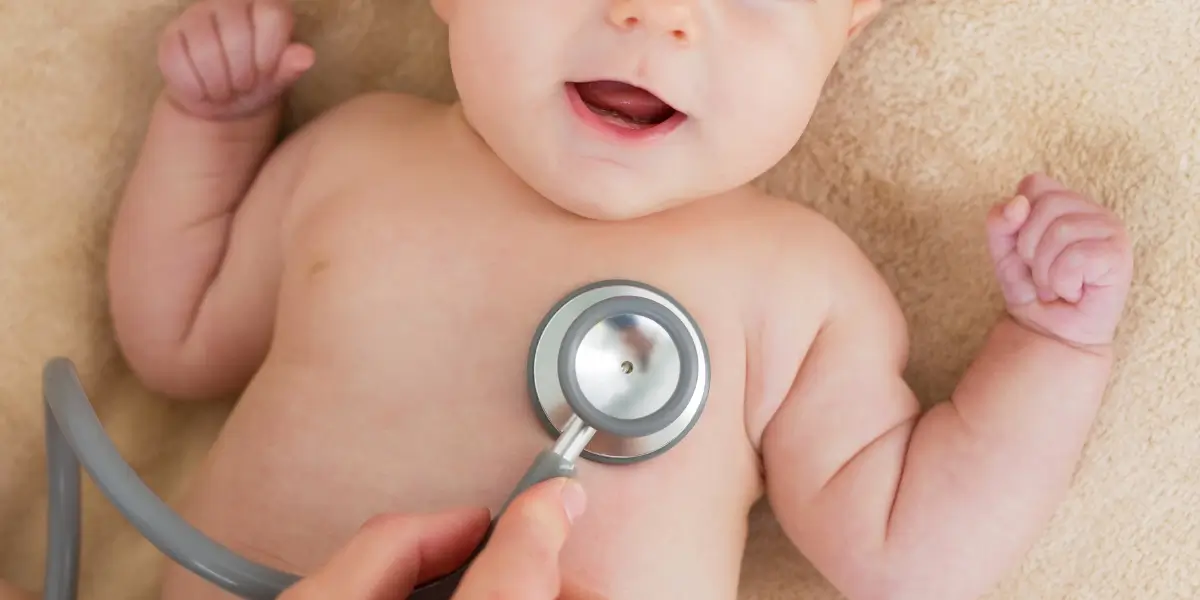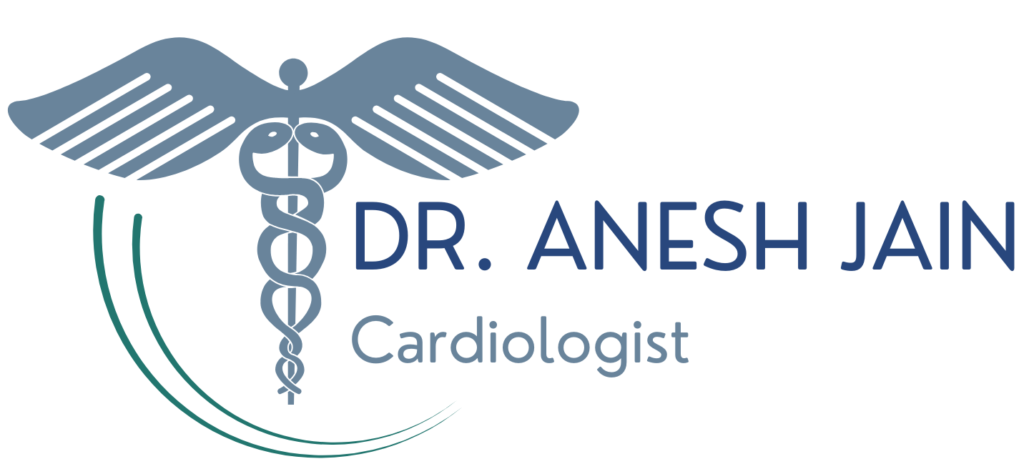- Ruby Hall Clinic, near Wanowrie, Pune, Maharashtra
- Mon - Fri: 9:00 am - 4:00 pm
Lorem ipsum dolor sit amet, consectet eiusmod tempor incididunt ut labore e rem ipsum dolor sit amet. sum dolor sit amet, consectet eiusmod.
Visiting Hours
| Mon - Fri: | 8:00 am - 8:00 pm |
| Saturday: | 9:00 am - 6:00 pm |
| Sunday: | 9:00 am - 6:00 pm |
Gallery Posts







Trusted Congenital Heart Disease Specialist in Pune - Dr. Anesh Jain
What is Congenital Heart Disease (CHD)?
Congenital heart disease (CHD) refers to a range of heart defects present at birth. These defects can involve the walls of the heart, the valves, and the arteries and veins near the heart. CHD can affect the heart’s structure and how it works, leading to various health issues.
Types of Congenital Heart Defects
There are many different types of congenital heart defects, but some of the most common include:
- Atrial septal defect (ASD): A hole in the wall (septum) between the upper two chambers of the heart (the atria).
- Ventricular septal defect (VSd): A hole in the wall (septum) between the lower two chambers of the heart (the ventricles).
- Patent ductus arteriosus (PDA): A connection (ductus arteriosus) between the aorta and the pulmonary artery that normally closes shortly after birth fails to close.
- Pulmonary stenosis: A narrowing of the pulmonary valve that restricts blood flow from the right ventricle to the lungs.
- Aortic stenosis: A narrowing of the aortic valve that restricts blood flow from the left ventricle to the rest of the body.
- Coarctation of the aorta: A narrowing of the aorta, the main artery that carries blood from the heart to the body.
- Tetralogy of Fallot: A combination of four heart defects that occur together. These defects include a ventricular septal defect, pulmonary stenosis, an overriding aorta, and right ventricular hypertrophy.
- Transposition of the great arteries: A condition in which the two main arteries leaving the heart (the aorta and the pulmonary artery) are switched in position.
Comprehensive CHD Services Offered
Focus on Pediatric Cardiac Diseases Including "Hole in the Heart"
Our services emphasize pediatric cardiac diseases, including common conditions like “hole in the heart” defects such as atrial septal defects (ASD) and ventricular septal defects (VSD). We provide comprehensive care tailored to the unique needs of children with CHD.
Fetal Echocardiography
Fetal echocardiography is an advanced ultrasound technique used to assess the baby’s heart before birth. This helps in early detection and planning for potential interventions post-delivery.
Newborn Screening
Newborn screening involves various tests to detect congenital heart defects shortly after birth. Early detection allows for timely treatment and better outcomes.
Diagnostic Imaging
We utilize state-of-the-art diagnostic imaging techniques, including echocardiography, MRI, and CT scans, to accurately diagnose and evaluate congenital heart defects.
Innovative Treatment Options for Congenital Heart Disease
Surgical Interventions
- Open-Heart Surgery: This traditional surgical method corrects complex heart defects and is often necessary for serious conditions.
- Minimally Invasive Procedures: These procedures offer alternatives to open-heart surgery with less pain and quicker recovery times.
Catheter-Based Interventions
Catheter-based interventions, such as balloon angioplasty and stent placement, provide less invasive options to repair certain heart defects without the need for open surgery.
Lifestyle Recommendations
Lifestyle modifications, including dietary changes, exercise guidelines, and avoiding smoking, can significantly benefit patients with CHD by improving overall heart health and quality of life.
Management of Pediatric Cardiac Diseases
Atrial Septal Defects (ASD)
- Diagnosis and Evaluation: ASDs are diagnosed through echocardiography and other imaging techniques.
- Treatment Options: Depending on the size and location of the defect, treatment may include catheter-based procedures or surgical repair.
Ventricular Septal Defects (VSD)
- Diagnosis and Evaluation: VSDs are identified using echocardiography and diagnostic imaging.
- Treatment Options: Treatment can range from medication management for smaller defects to surgical intervention for larger ones.
Patent Ductus Arteriosus (PDA)
- Diagnosis and Evaluation: PDAs are detected through physical examination, echocardiography, and other imaging methods.
- Treatment Options: Treatments include medication, catheter-based closure, or surgical ligation depending on the severity and age of the patient.
Conclusion
As a dedicated specialist in congenital heart disease, I, Dr. Anesh Jain, am committed to providing the highest quality care through the latest advancements in medical technology and personalized treatment plans.
With innovative options such as minimally invasive surgeries, catheter-based interventions, advanced imaging techniques, and personalized medicine, I strive to offer comprehensive and effective solutions for managing and treating congenital heart disease. Trust in my expertise and dedication to ensure the best possible outcomes for your heart health. Your well-being is my top priority.
Take the Next Step Towards Better Heart Health
Book a consultation with Dr. Anesh Jain today
Opening Hours
Monday - Saturday
10.00 AM - 04.00 PM
Phone Number :
+91 9623114372
Email :
jainanesh93@gmail.com
Location :
OPD 4, 2nd Floor, Ruby Hall Clinic, Disney Park, Azad Nagar, Wanowrie, Pune, Maharashtra 411040
Frequently Asked Questions
Urgent care centers are a relatively new addition to the healthcare industry that have helped to benefit both community medical services and patients. As a fast, affordable alternative to emergency room care for patients with non-life-threatening conditions, urgent care medical clinics offer people a convenient treatment option.
Urgent care centers are a relatively new addition to the healthcare industry that have helped to benefit both community medical services and patients. As a fast, affordable alternative to emergency room care for patients with non-life-threatening conditions, urgent care medical clinics offer people a convenient treatment option.


